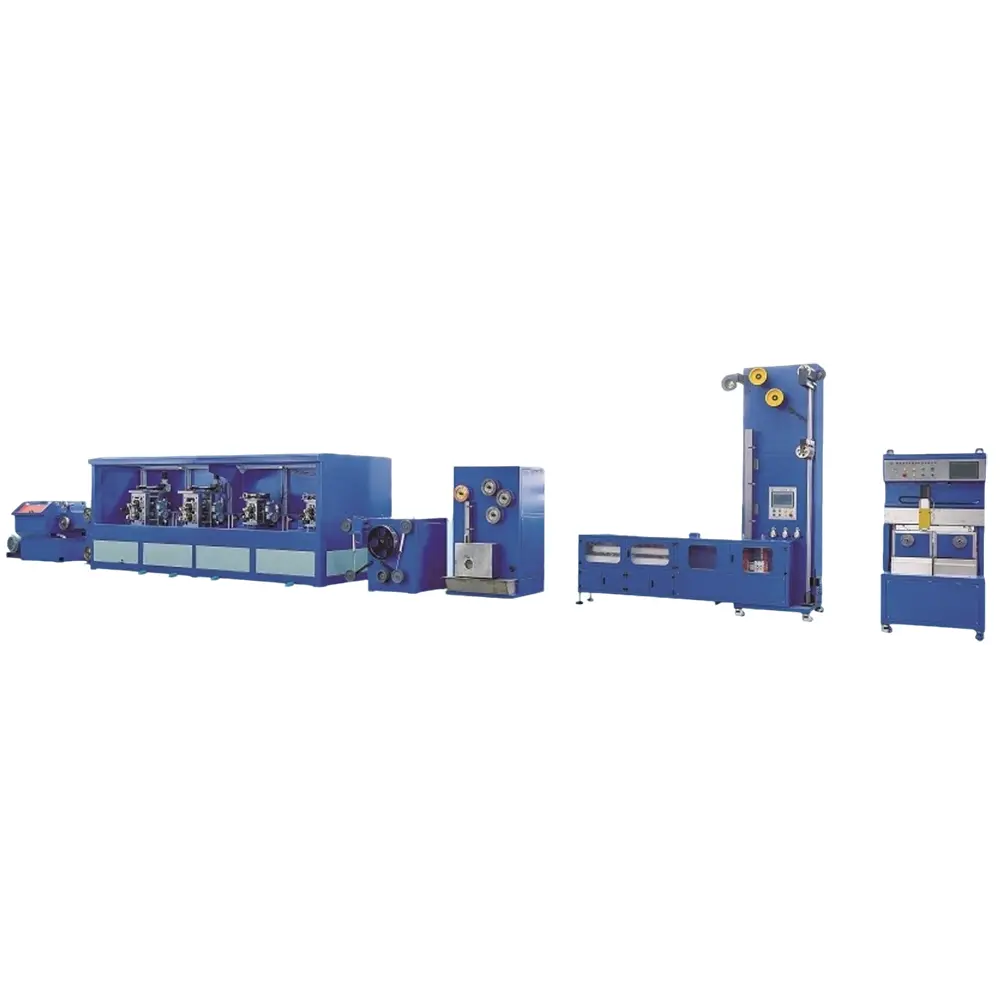Flat Wire Rolling Mill Production Efficiency and Capacity
2025-06-24
Flat wire rolling mills are crucial in the manufacturing of precision flat wire used across diverse industries such as electronics, automotive, and medical devices. Their production efficiency and capacity are vital indicators of performance, profitability, and product consistency. Understanding the factors that influence these aspects is key to optimizing operations and meeting modern manufacturing demands.
1. Production Efficiency
Production efficiency in flat wire rolling mills refers to the ratio of output to input, specifically how effectively raw materials are transformed into finished wire products with minimal waste, downtime, and energy consumption. Several elements influence this efficiency:
Automation and Technology Integration: Modern flat wire rolling mills utilize automated control systems, sensors, and feedback loops. These technologies help maintain precise rolling parameters such as tension, speed, and temperature, which reduce human error and improve consistency.

Roll Pass Design and Setup Time: Efficient pass schedules and fast setup changes reduce downtime and increase throughput. Quick-change rolling stands and preset configurations can significantly enhance production efficiency.
Material Handling Systems: Efficient loading, feeding, and coiling systems contribute to continuous operation with minimal manual intervention. Integration with upstream and downstream processes (like annealing or pickling) can streamline the overall workflow.
Maintenance Practices: Predictive and preventive maintenance reduces unexpected breakdowns, ensuring that production is not interrupted by machine failures.
2. Production Capacity
Production capacity refers to the maximum volume of flat wire a rolling mill can produce in a given period under normal working conditions. Several variables affect this metric:
Mill Configuration: The number of rolling stands, the rolling speed, and the ability to handle different material widths and thicknesses directly influence capacity. Mills designed with tandem rolling stands allow multiple reductions in a single pass, increasing capacity.
Raw Material Properties: Softer materials may be rolled faster and with less energy, increasing capacity. Conversely, harder materials may require slower speeds or additional passes, lowering output.
Operator Skill and Training: Skilled operators can maximize machine potential, quickly troubleshoot issues, and make adjustments that prevent bottlenecks.
Cooling and Lubrication Systems: Efficient cooling and lubrication enable continuous operation at higher speeds, preventing overheating and roll wear, thus increasing operational hours.
Production Planning and Scheduling: Proper planning minimizes idle times and changeovers. Grouping production runs by similar dimensions or materials optimizes workflow and increases overall output.
Conclusion
Production efficiency and capacity in flat wire rolling mills are interdependent and heavily influenced by technological sophistication, system integration, and operational expertise. By investing in automation, refining setup processes, maintaining equipment proactively, and training personnel effectively, manufacturers can enhance both productivity and product quality. Continuous improvement in these areas ensures competitiveness and sustainability in the flat wire production industry.
As a professional manufacturer and supplier, we provide high-quality products. If you are interested in our products or have any questions, please feel free to contact us.


